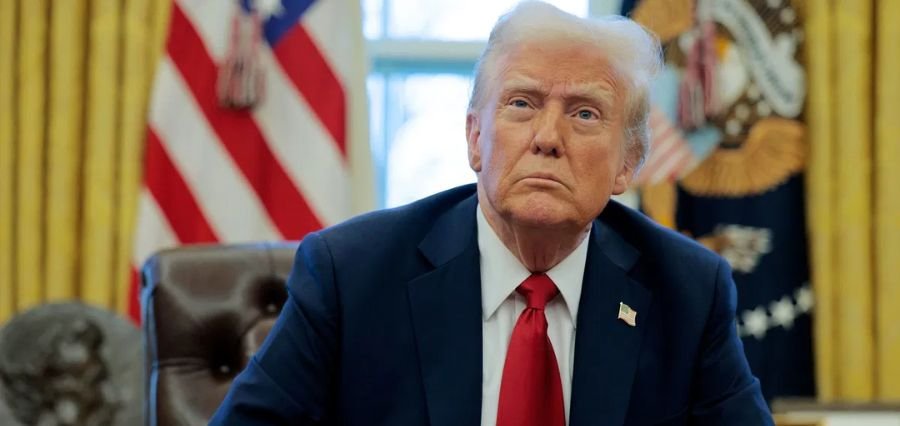Prime Highlights
- Trump signs executive order permitting 401(k) plans to invest in private equity, real estate, and cryptocurrencies.
- Move is jubilation and fear, investor risk and regulator watchfulness of concern.
Key Fact
- Executive order presses U.S. regulators to open alternative investments to retirement portfolios.
- The investments are risky, illiquid, and have high management fees, critics say.
Key Background
In a move that will revise withdrawal investing, former President Donald Trump inked an administrative order that greatly widens the macrocosm of investment vehicles available in 401( k) plans. The order makes it easier to include indispensable investments similar as private equity, real estate, and cryptocurrency in defined- donation withdrawal programs traditionally confined to conservative investment classes similar as collective finances and bonds.
The move is intended to give American workers better access to asset classes that have historically been the exclusive domain of institutional or high-net-worth investors. The Trump administration is convinced that diversification will enable retirement savers to get higher long-term returns and help shield their portfolios from market volatility. The order mandates the U.S. Department of Labor and the Securities and Exchange Commission to reform existing laws that, today, disallow fiduciaries to provide these alternatives on liability and antiquated mandates.
Yet the program has also sparked vociferous controversy. Consumer groups and money watchers have complained that such funds are typically high-risk, poorly understood, and expensive to run. Private equity holdings, for instance, are illiquid and difficult to value, and the world of cryptocurrencies is wildly unstable and loosely governed. Complaints are voiced that retail investors with little financial acumen will suffer unexpected losses and judicial agita.
Though fear, there’s a win the financial industry sees. Banks and large asset managers will be forced to create new retirement products that are designed to satisfy these new rules. But it will take time. Governments must first redefine rules for compliance, and retirement plan providers must consider whether it is prudent on a reasonable basis to offer such options. As retirement becomes a reality, investor sophistication, financial literacy, and responsible regulation will be the signatures of offering America’s elderly long-term security.
Read Also : Delta Flight Makes Emergency Landing in Minneapolis








